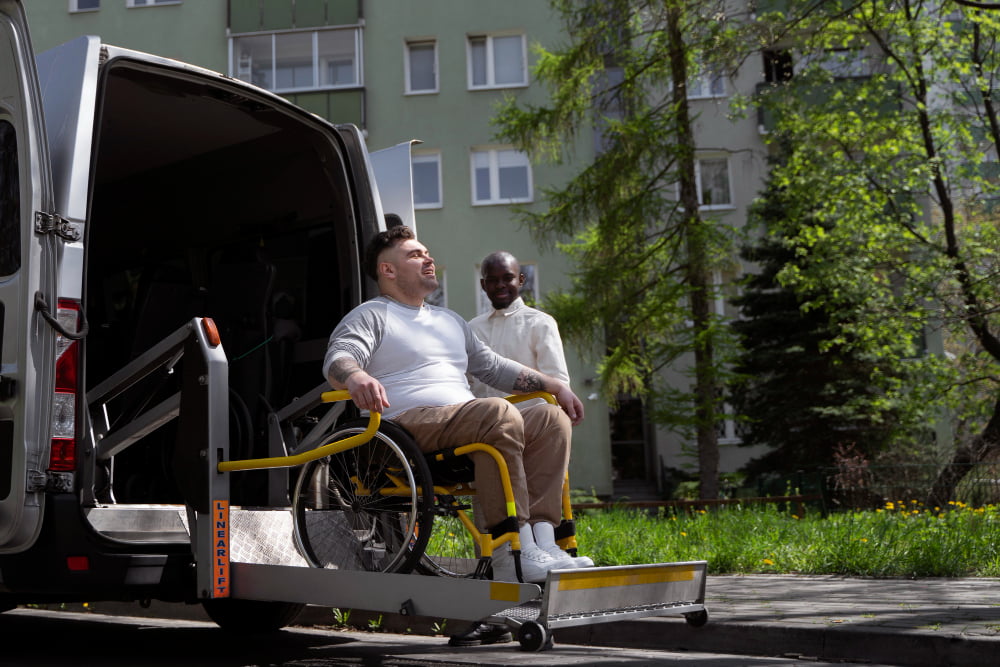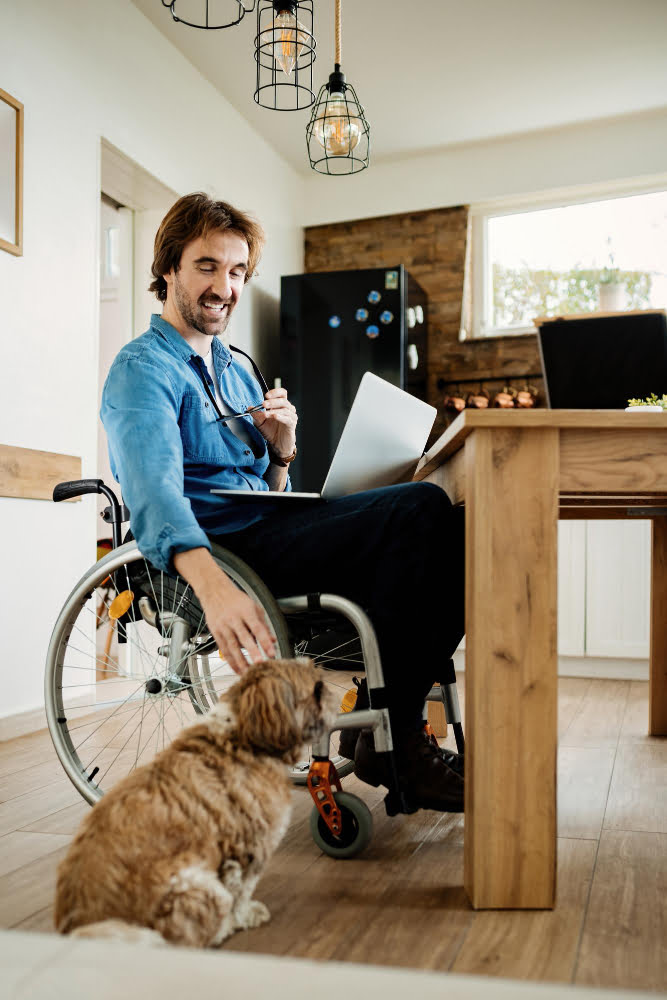Last updated on
Living with a disability presents unique challenges that extend beyond the physical limitations experienced by individuals. The concept of home, a place that should provide comfort and sanctuary, can often become an additional hurdle in the lives of people with disabilities.
However, with the rise of inclusive design principles and innovative technologies, we now have the opportunity to redefine home living for disabilities, creating spaces that are both comfortable and accessible.
Understanding the Needs of People with Disabilities

To truly revolutionize home living for people with disabilities, it is crucial to understand their specific needs. Disabilities come in various forms, including mobility impairments, visual or hearing impairments, and cognitive disabilities. Each disability presents its own set of challenges that must be addressed to create an inclusive living environment.
Keeping this understanding in mind is crucial when it comes to designing inclusive and accessible housing. The National Disability Insurance Scheme (NDIS) in Australia presents an excellent example with its specific guidelines and design standards for NDIS housing.
These guidelines categorize NDIS housing designs based on their level of accessibility and functionality. The four categories include Improved Liveability, Fully Accessible, Robust, and High Physical Support. These categories ensure that housing designs consider the unique requirements of individuals with disabilities, providing them with safe and suitable living spaces.
By embracing universal design principles, policymakers and designers can create housing environments that cater to the diverse needs of people with disabilities, promoting independence and inclusivity.
Redefining Home Living for Disabilities
The concept of Universal Design offers a framework for redefining home living. Universal Design promotes the creation of spaces that are usable by all people, regardless of their age or ability. By incorporating Universal Design principles, we can transform homes into accessible havens for people with disabilities.
Some examples of Universal Design features for accessible homes include wider doorways, lever handles instead of doorknobs, and non-slip flooring. Installing ramps, stair lifts, and grab bars can significantly enhance mobility within the home. Adapting bathrooms with roll-in showers, adjustable height counters, and grab rails also contributes to improved accessibility.
Innovative Technologies for Disability-friendly Homes

In addition to Universal Design principles, innovative technologies play a crucial role in making homes more disability-friendly. Smart home automation systems offer a range of solutions to enhance accessibility.
Voice-controlled devices and home assistants allow individuals to control various aspects of their home environment easily. Automated door openers, lighting systems, and temperature control can be operated with a touch or voice command.
Assistive technology also plays a significant role in empowering people with disabilities to live independently. Wheelchair ramps and lifts enable smooth transitions between different areas of the home.
Mobility aids such as stair climbers and elevators assist individuals with navigating multiple floors. Communication devices like speech-to-text software and text-to-speech converters facilitate effective communication for those with hearing or speech impairments.
Creating a Comfortable and Inclusive Living Environment
Aside from physical accessibility, it is equally important to create a comfortable and inclusive living environment. Adaptable furniture and fixtures are essential components of an accessible home.
Adjustable height counters and cabinets cater to individuals with varying abilities, allowing them to comfortably access cooking and storage spaces. Accessible bathroom fixtures, such as walk-in showers and grab bars, promote safety and independence.
The outdoor spaces of a home should not be overlooked when redesigning for accessibility. Accessible pathways and gardens with smooth surfaces enable wheelchair users to navigate freely. Outdoor seating areas designed with inclusivity in mind foster social interaction and relaxation for all residents.
The Psychological Impact of Accessible Homes
It is crucial to recognize the psychological impact that accessible homes can have on individuals with disabilities. By providing the necessary accommodations, we empower individuals to maintain their independence, boosting self-esteem and overall well-being. Inclusive design also fosters a sense of belonging and social inclusion, as friends and family can visit without restrictions.
By redefining home living for disabilities, we have the opportunity to create spaces that prioritize comfort and accessibility. Through Universal Design principles and innovative technologies, we can eliminate barriers and empower individuals with disabilities to live independently and comfortably.
By embracing inclusive design, we pave the way for a more inclusive and empathetic society. Let’s work together to ensure that every individual, regardless of their abilities, can enjoy the comfort and accessibility of a truly inclusive home.
Recap:



